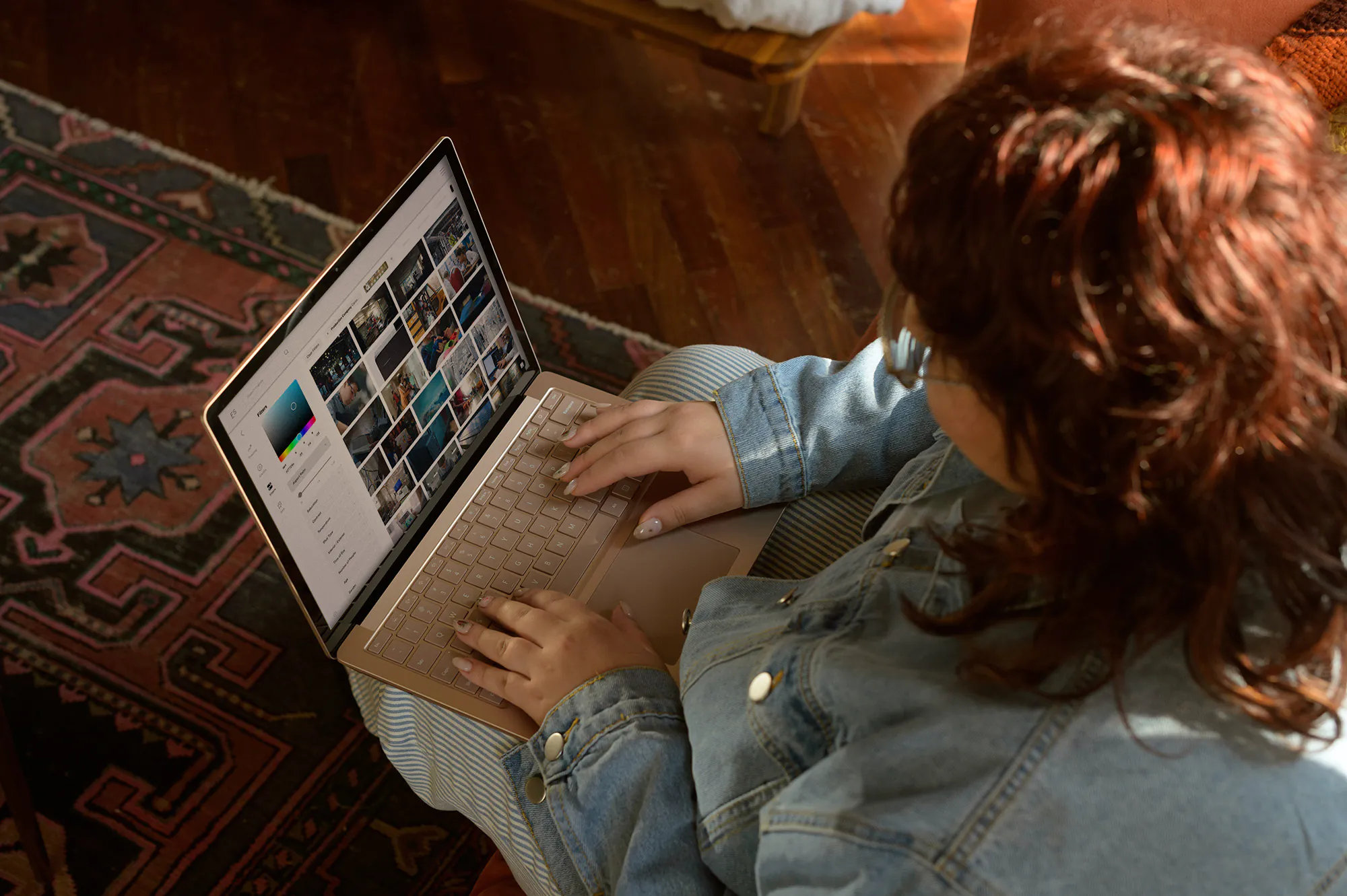An Analysis of Robert Yeoman's Approach to Filming 'The Grand Budapest Hotel'

Robert Yeoman's Early life, Professional Career, and the Grand Budapest Hotel.
Yeoman was born and raised in Erie, Pennsylvania. During his childhood in the northern Chicago suburbs. He attended Duke University, where he received a Bachelor of Arts in 1973 and a Master of Fine Arts from USC School of Cinema-Television in 1979. Yeoman's rookie work in the film industry was with To Live and Die in LA as a second unit director of photography, under William Friedkin in 1986. He later moved on to shoot various independent films, one of which included Gus Van Sant's Drugstore Cowboy. For that film, he won the Independent Spirit Award for Best Cinematography.
In the mid-1980s, Yeoman began working with director Wes Anderson on his debut feature Bottle Rocket. The two have been collaborating ever since, with Yeoman serving as the cinematographer on all of Anderson's films
Yeoman's work on The Grand Budapest Hotel was essential in bringing Anderson's vision to life. The film is a visually stunning work of art, and much of that is due to Yeoman's skilled cinematography. He expertly captures the beautiful landscapes of Hungary and the intricate set design of the titular hotel. His use of color and light help to create a unique and visually arresting film.

Robert Yeoman's Distinctive Visual Style and Cinematography
Yeoman's visual style is defined by his use of color, light, and composition. He often uses a limited palette of colors to create a particular mood or atmosphere in his films. For example, in The Grand Budapest Hotel, Yeoman primarily used shades of red, pink, and purple to set the film's overall tone of opulence and luxury. He also made use of light and shadow to create a sense of mystery and intrigue. For instance, in the scene where Zero Moustafa first meets Gustave H., Yeoman uses a low key lighting setup to make the characters appear more sinister and mysterious.
Yeoman's approach to composition is also noteworthy. He often uses symmetrical or balanced compositions to create a sense of order and stability. This is particularly evident in the film's opening sequence, which is set in the titular hotel. The camera pans across the hotel lobby, taking in the symmetrical layout of the space. This creates a sense of calm and tranquility, which is then disrupted by the arrival of the chaos-inducing character of Monsieur Gustave.
Yeoman's use of color is also significant. He often employs a muted color palette, which gives the film an old-fashioned, nostalgic feel. This is most evident in the scene where Zero and Gustave visit the countryside. The muted colors create a sense of nostalgia and longing.

What Camera, Format, and Equipment Used
Robert Yeoman used a 35mm film ARRICAM Studio (ST) Camera to shoot The Grand Budapest Hotel. This was an intentional choice on his part, as he wanted the film to have a classic, old-fashioned feel. He also used a wide-angle lens, which helped to create the unique visual style of the film.

Famous Moments from Grand Budapest Hotel
Some of the most memorable scenes in The Grand Budapest Hotel are those that make use of Yeoman’s skills as a cinematographer.
One great example is the scene in which Mr. Gustave (Ralph Fiennes) and Zero (Tony Revolori) are fleeing from the authorities. The way in which Yeoman captures the action and suspense of this scene is truly remarkable.
But it’s not just the big, action-packed scenes that benefit from Yeoman’s visual style. Even the smaller, more intimate moments are given a boost by his eye for detail. For instance, in the scene where Mr. Gustave is telling Zero about his experiences in the war, the way Yeoman films the two characters in close-up, with the candles in the background flickering subtly, creates a real sense of intimacy and urgency.

Closing Thoughts
Yeoman's work on The Grand Budapest Hotel is truly remarkable. His eye for detail and his talent for creating visually stunning scenes help to bring Anderson's vision to life, making the film the masterpiece that it is.
Find frames for your treatment today




